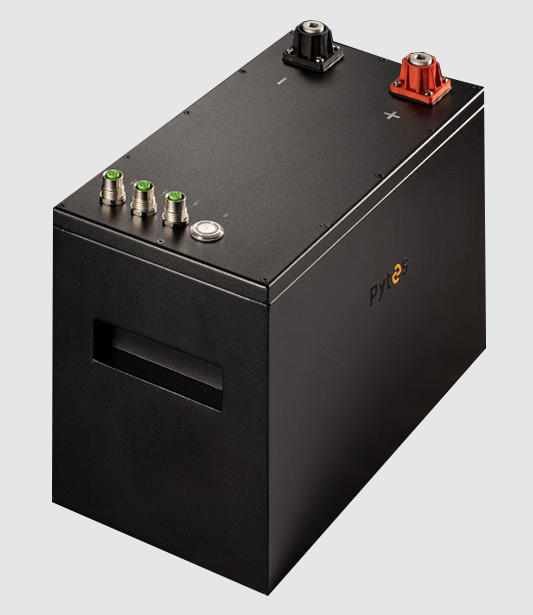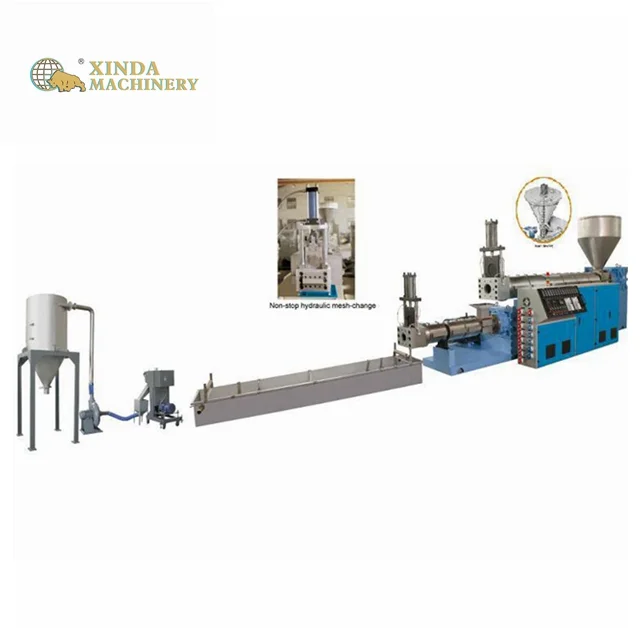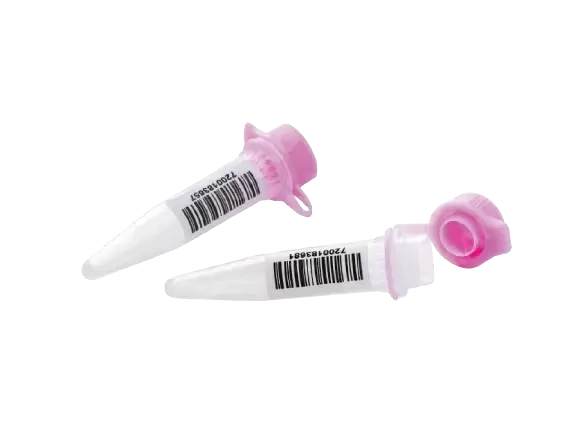Unleashing Power: Understanding the Purpose and Functionality of Boost Converters
In the realm of modern electronics, efficient power management is paramount. As devices become increasingly sophisticated, the demand for reliable and adaptable power supply solutions has surged. One such solution that has gained significant attention is the boost converter. But what is the purpose of a boost converter, and how does it function within various applications? This article delves into the intricacies of boost converters, exploring their operational principles, applications, and advantages in contemporary electronic systems.
What is a Boost Converter?
A boost converter, also known as a step-up converter, is a type of DC-DC converter that increases the input voltage to a higher output voltage while maintaining a constant power level. This is achieved through a combination of inductors, capacitors, diodes, and switches, typically implemented using transistors. The fundamental operation of a boost converter is based on the principles of energy storage and transfer, allowing it to efficiently convert lower voltages to higher voltages.
The Operational Principle of Boost Converters
The operation of a boost converter can be broken down into two primary phases: the charging phase and the discharging phase.
- Charging Phase: When the switch (usually a transistor) is closed, current flows through the inductor, causing it to store energy in the form of a magnetic field. During this phase, the input voltage is applied across the inductor, and the inductor current increases linearly.
- Discharging Phase: When the switch opens, the inductor attempts to maintain the current flow. The energy stored in the inductor is released, and the voltage across the inductor adds to the input voltage, resulting in a higher output voltage. The diode conducts, allowing the current to flow to the output capacitor and load.
This continuous cycle of charging and discharging enables the boost converter to step up the voltage efficiently. The output voltage can be controlled by adjusting the duty cycle of the switching element, which is the ratio of the time the switch is on to the total time of the cycle.
Applications of Boost Converters
Boost converters are utilized in a myriad of applications across various industries due to their ability to provide higher voltage outputs from lower voltage sources. Some notable applications include:
- Battery-Powered Devices: Many portable electronic devices, such as smartphones and tablets, utilize boost converters to maximize battery life by stepping up the voltage from lithium-ion cells to the required levels for various components.
- LED Drivers: Boost converters are commonly used in LED lighting applications, where they convert low voltage from batteries or power supplies to the higher voltage needed to drive multiple LEDs efficiently.
- Renewable Energy Systems: In solar power systems, boost converters are employed to increase the voltage output from solar panels, enabling efficient energy harvesting and storage in batteries.
- Power Supply Units (PSUs): Boost converters are integral to many power supply designs, allowing for the conversion of lower voltage inputs into higher voltage outputs required by various electronic components.
Advantages of Boost Converters
The use of boost converters offers several advantages that make them a preferred choice in many applications:
- Efficiency: Boost converters are designed to operate with high efficiency, often exceeding 90%. This efficiency is crucial in battery-operated devices, where energy conservation is vital.
- Compact Design: The ability to step up voltage without requiring bulky transformers allows for more compact and lightweight designs, which is particularly beneficial in portable electronics.
- Versatility: Boost converters can be adapted to various input and output voltage requirements, making them suitable for a wide range of applications.
- Cost-Effectiveness: With advancements in semiconductor technology, boost converters have become more affordable, making them accessible for both consumer and industrial applications.
Conclusion
In summary, the purpose of a boost converter extends far beyond merely stepping up voltage. It plays a crucial role in enhancing the efficiency and functionality of modern electronic devices. By understanding the operational principles, applications, and advantages of boost converters, engineers and designers can leverage this technology to create innovative solutions that meet the demands of an increasingly power-hungry world. As the landscape of electronics continues to evolve, the importance of efficient power management solutions like boost converters will only grow, paving the way for advancements in energy efficiency and device performance.




